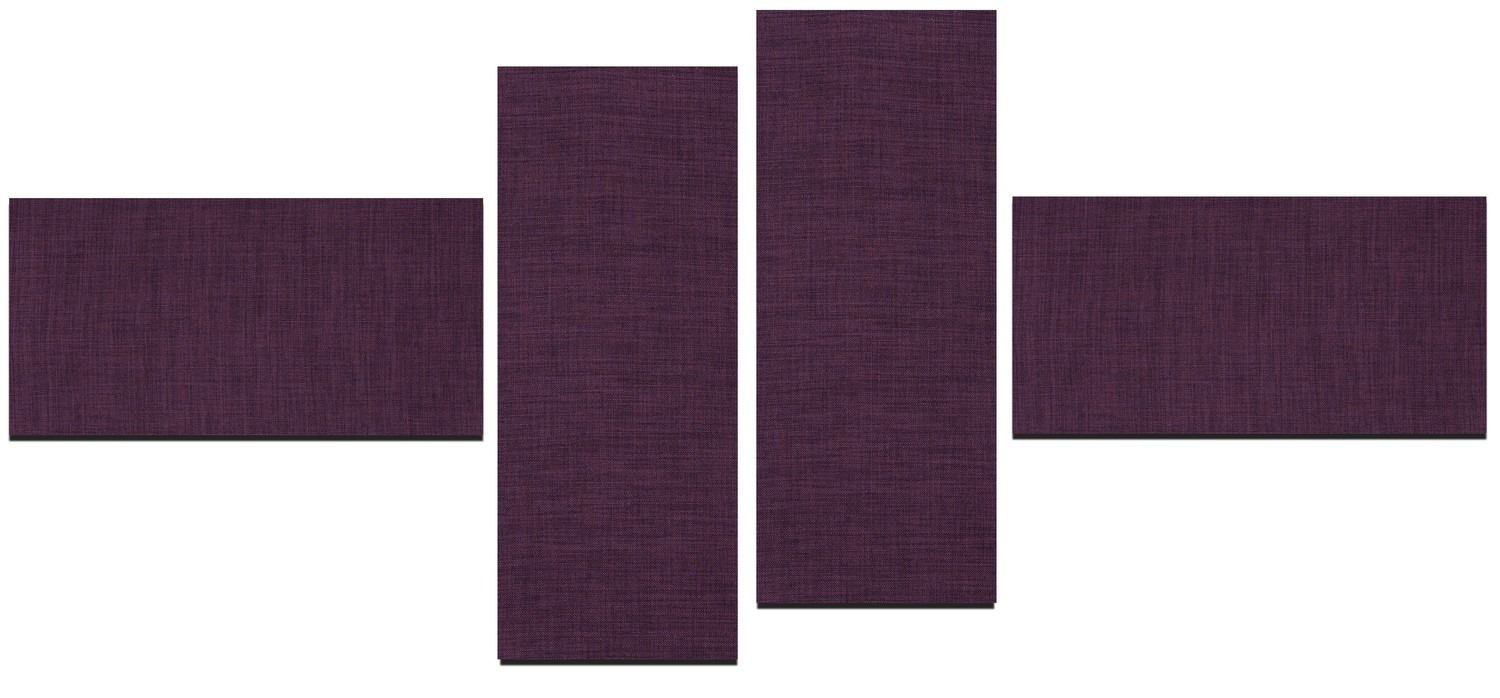What makes a sound absorber effective? – Optimize your sound environment with the right acoustic solution
Creating a pleasant and balanced sound environment is about more than just dampening sound – it requires the right type of sound absorbers. A good sound absorber reduces reverberation, reduces noise, and improves the acoustics in a room by capturing sound waves and converting sound energy into heat. Whether it's an office, conference room, home theater, or public space, the choice of sound absorbers is crucial to creating a pleasant and productive atmosphere.
How does a sound absorber work?
When sound waves hit hard surfaces such as glass, concrete, or tile, they are reflected and create echoes and disturbing noise levels. A sound absorber works by capturing these sound waves and reducing sound reflections, which reduces echoes and improves the overall acoustics in the room. For a sound absorber to be effective, the right combination of material, density, and thickness is required. By choosing a sound absorber tailored to the needs of the room, you can optimize the sound environment and create a more focused, comfortable, and soundproof atmosphere.
What characterizes an effective sound absorber?
Materials with high sound absorption
The material a sound absorber is made of affects its sound-absorbing properties. The most effective materials include:
Polyester fiber
Environmentally friendly and effective at reducing echoes.
Textile-based panels
Combines sound absorption with aesthetic design.
Acoustic foam
Effective at absorbing mid- and high-frequency sounds.
Mineral wool and fiberglass
Has a wide range of sound absorption capabilities, especially for low-frequency sounds.
By using the right materials, sound levels can be significantly reduced in both work and home environments.
Thickness and density
The thickness of a sound absorber affects its ability to dampen different frequencies.
Thinner absorbers (10–25 mm) mainly dampen high-frequency sounds, such as speech and high-pitched tones.
Thicker absorbers (50–100 mm) are more effective for low-frequency sounds, such as bass tones from speakers.
High density means better sound control and reduced sound reflection in rooms with a lot of noise.
Home theaters, recording studios, and open-plan offices often require a combination of thick and thin absorbers for optimal effect.
Strategic placement for maximum effect
For a sound absorber to be effective, it must be placed in the right locations in the room.
Wall-mounted absorbers reduce sound reflections from conversations and background noise.
Ceiling absorbers work well in large spaces where sound bounces between the floor and ceiling.
Corner absorbers help to dampen low-frequency sounds, especially in music and film rooms.
By placing sound absorbers where sound waves are reflected the most, you can create a more balanced and harmonious soundscape.
Aesthetic adaptation and design
Modern sound absorbers are not only functional—they are also designed to fit into different environments. They are available in a variety of colors, shapes, and materials, making it possible to integrate them into the interior without compromising the style of the room.
In offices, stylish, neutral panels can blend in with the rest of the decor.
In creative environments, colorful or patterned absorbers can contribute to an inspiring atmosphere.
In home environments, sound-absorbing boards or textile panels can be used to create both aesthetic and acoustic improvements.
In which environments are sound absorbers needed?
Sound absorbers are a versatile solution used in many different environments, such as:
Offices and open-plan workspaces
Reduces background noise and improves concentration.
Conference rooms and meeting rooms
Improves call quality and reduces disruptive echoes.
Restaurants and cafés
Creates a calmer atmosphere for guests.
Schools and educational facilities
Helps students focus by reducing noise levels in classrooms.
Home theaters and music studios
Optimizes the sound experience by eliminating unwanted reflections.








